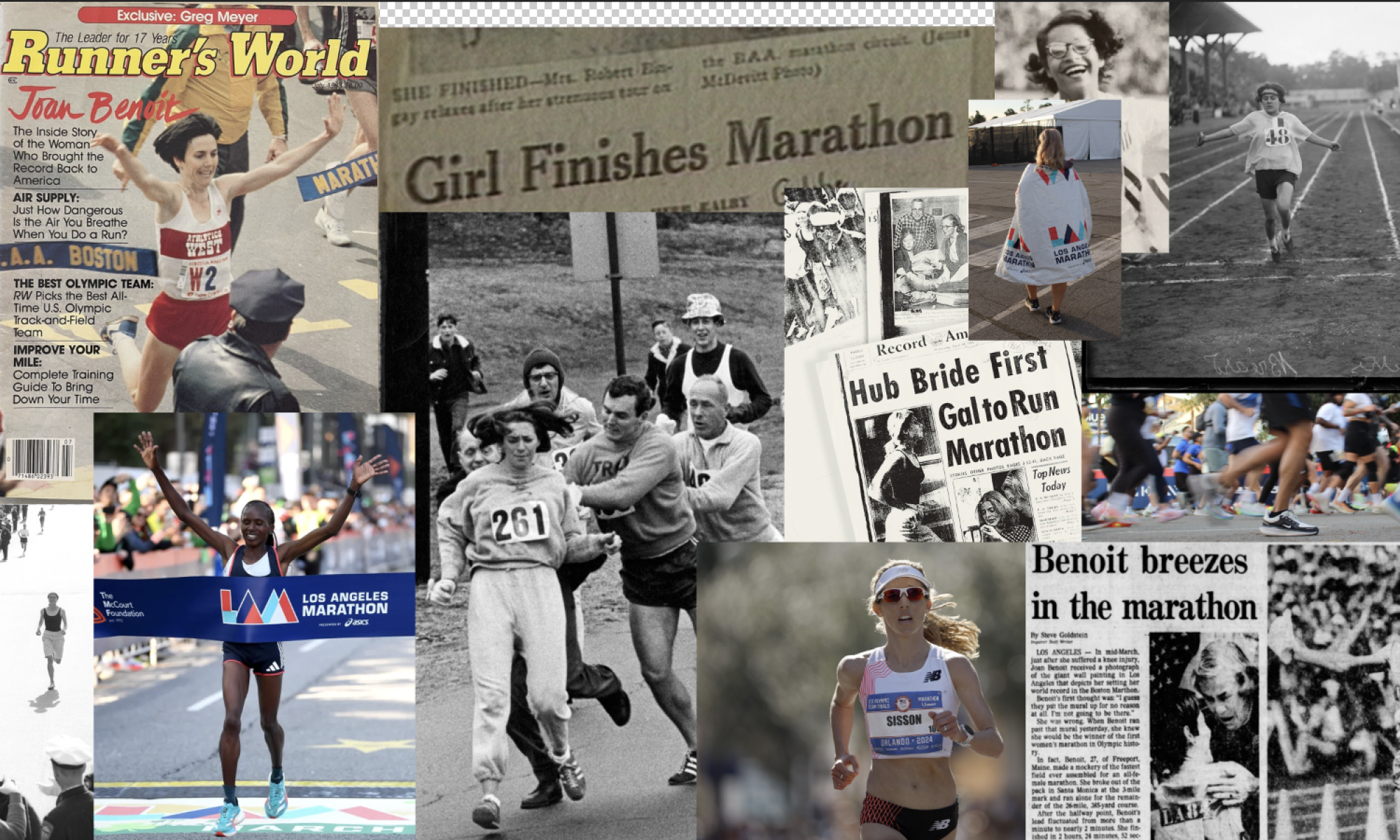“Run like a girl.” Once a phrase used to diminish, it now signals dominance, determination and speed. Nowhere will that be more evident than at the 40th annual Los Angeles Marathon on March 16, where pro female runners will have the rare opportunity to race elite men head-to-head in a high-stakes chase for glory.
Intro/Celebrating 40 Years of the LA Marathon
For four decades, the LA Marathon has given runners a chance to traverse the City of Angels in one of the country’s most scenic and star-studded races. From the starting line at Dodger Stadium to the famed pink stars of the Hollywood Walk of Fame, runners will soak in the sights and sounds of Los Angeles on their 26.2 mile journey to the finish line in Century City.
While the masses take on the challenge for personal triumph, there’s another race happening within the race—one unlike anything else in major marathons. Exclusive to Los Angeles, this unique competition adds an extra layer of entertainment and suspense, keeping spectators on edge as they watch this unique competition unfold.
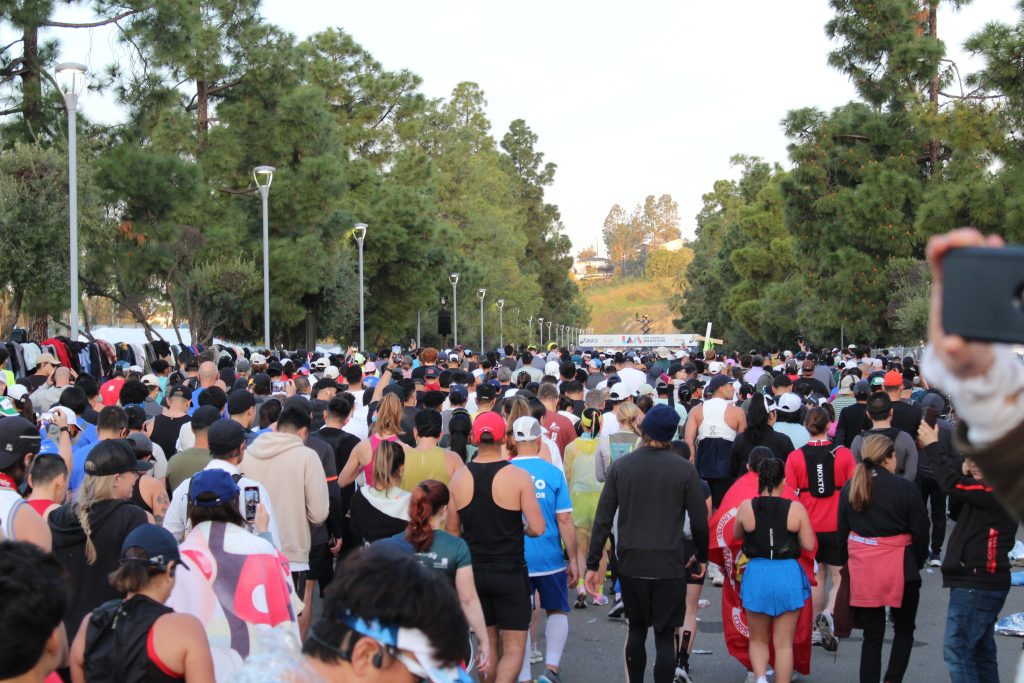
What is The McCourt Foundation Marathon Chase
Few sports allow women and men to compete directly against each other. The McCourt Foundation Marathon Chase does just that.
The Marathon Chase is a unique competition in which elite female runners receive a head start before the men, creating a dramatic pursuit to the finish. The gap between start times is carefully calculated based on projected winning times for both genders, ensuring a thrilling and competitive race. The first runner, man or woman, to cross the finish line claims an additional $10,000 prize.
The format was first introduced in 2004 by Toni Reavis, an award-winning writer and broadcaster specializing in athletics and marathons. Originally known as the “Gender Challenge,” the race added intrigue to the marathon until it was discontinued in 2014 in favor of other elite competitions. But after a pandemic-induced hiatus for many sporting events, The McCourt Foundation’s Chief Operating Officer, Murphy Reinschreiber, saw an opportunity to reignite enthusiasm for the LA Marathon. The Marathon Chase was revived under a new name, once again giving top-tier athletes a platform for an exhilarating battle.
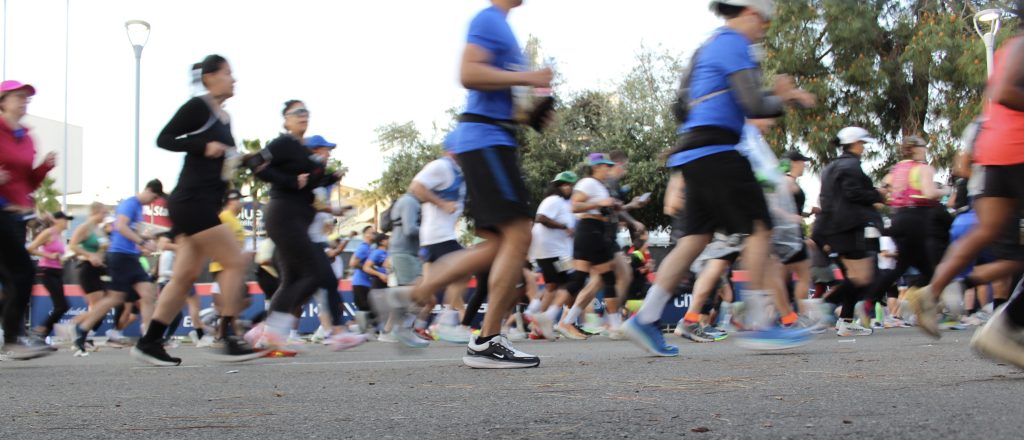
“The Chase was an opportunity for us to revive something that was really sort of a tradition in the fabric of the Los Angeles marathon, at sort of a much cheaper cost than running just an open pro race,” said Reinschrieber. “Once we produced it, everybody remembered how good it was. As a television property, it’s a lot more interesting than a standard marathon in a lot of ways, and so it’s something that we’re committed to now on an annual basis.”
Why the LA Marathon can’t be a Worlds race
Despite its rich history and high-profile setting, the LA Marathon isn’t considered one of the world’s major marathons. Unlike Boston, London, Berlin, Chicago, New York City, and Tokyo, where world records are often set, the LA Marathon’s course is simply too hilly for that distinction.
The six races that make up the Abbott World Marathon Majors are recognized for their prestige, deep elite fields, and history in the sport. However, for a marathon to be eligible for official world records, it must meet World Athletics’ strict course eligibility requirements, including limitations on net elevation drop. The Boston Marathon, for example, is part of the Majors due to its legacy being the world’s oldest annual marathon, dating back to 1897, but it does not qualify as a record eligible course because of its 137-meter net elevation drop, which exceeds the allowable limit.
The LA Marathon faces a similar restriction when it comes to world records. It’s not a fast course, and it’s not even eligible for world records. While the course is officially certified at 26.2 miles, strict regulations govern what makes a marathon course record-eligible. One key requirement is elevation change: a course cannot have too much downhill per mile, ensuring that records aren’t aided by gravity. The LA Marathon’s rolling terrain and net elevation drop exceed those limits, making it an unqualified venue for setting global bests.
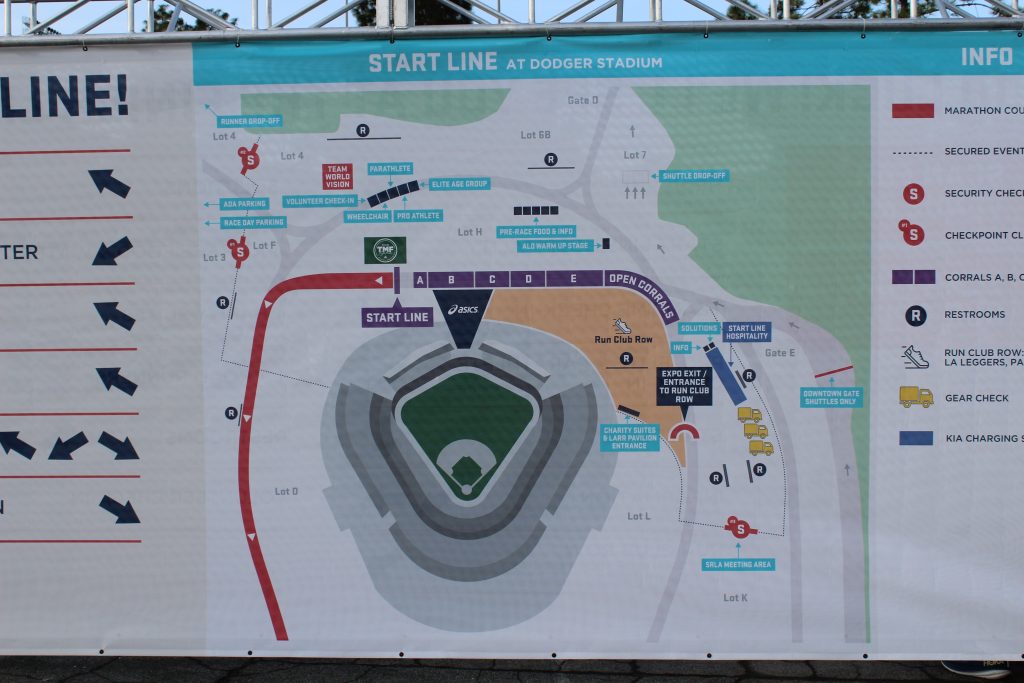
“I mean the drop from Dodger Stadium basically makes it impossible for us to be a legal course,” said Reinschrieber.
Since the LA Marathon isn’t a stage for world records, organizers needed a different way to make it stand out and attract the attention of both elite runners and viewers. That’s where the McCourt Foundation Marathon Chase comes in, a one of a kind competition that adds excitement, strategy and a head to head battle between men and women racing directly against each other, something you won’t see at any other major marathon.
“We’re not in that chase, so to speak, for world records, or even really fast running. So then what’s left, you know, the best thing for us to do is to produce entertaining running,” said Reinschrieber. “And that’s really what the chase is. It’s really designed for entertainment, it’s good TV.”
In true LA fashion, even the marathon is designed for spectacle. Reinschreiber explained that while the goal is always to attract elite athletes and maintain a competitive race, what truly sets the LA Marathon apart is the Chase—designed for pure, edge of your seat entertainment. Broadcast live on KTLA Channel 5, the ultimate shot organizers hope to capture is a dramatic, all out sprint to the finish, with the fastest man and woman racing toward glory in the final stretch.
An interesting statistic about the McCourt Foundation Marathon Chase is that women have dominated the competition since its inception, winning 10 of the 14 races held so far.
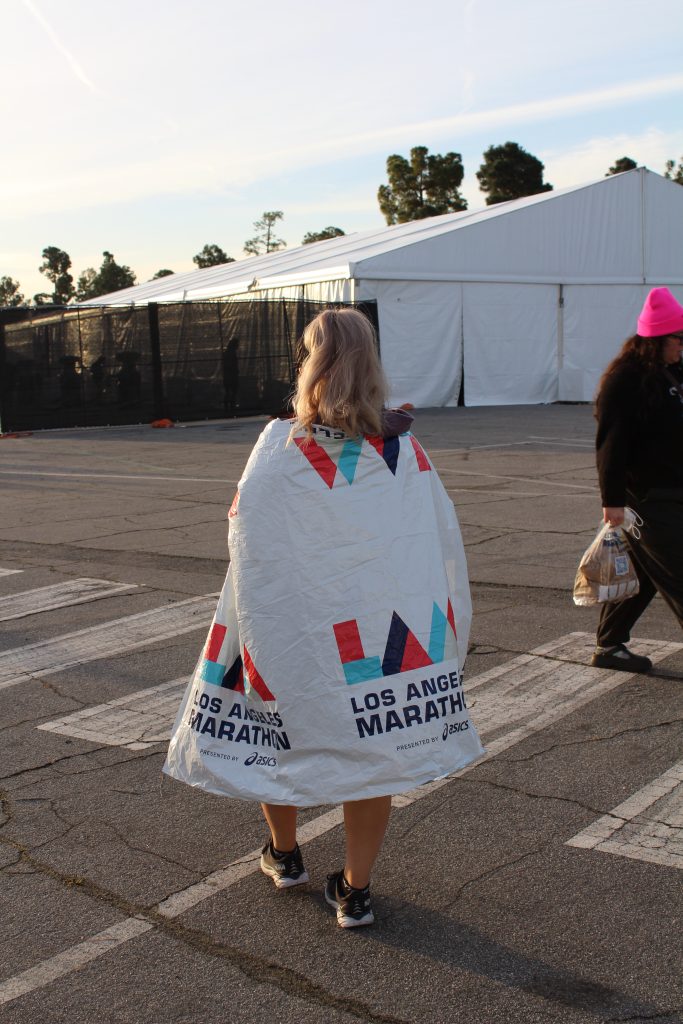
A New Era for Women’s Distance Running
As the LA Marathon celebrates its milestone 40th running, the return of the Marathon Chase highlights the evolution of women’s distance running. What was once an afterthought in competitive sports has become a showcase of endurance and strategy.
This year, as thousands of runners take to the streets of Los Angeles, all eyes will be on the elite competitors leading the charge—women who are not just running like a girl, but running to win.
